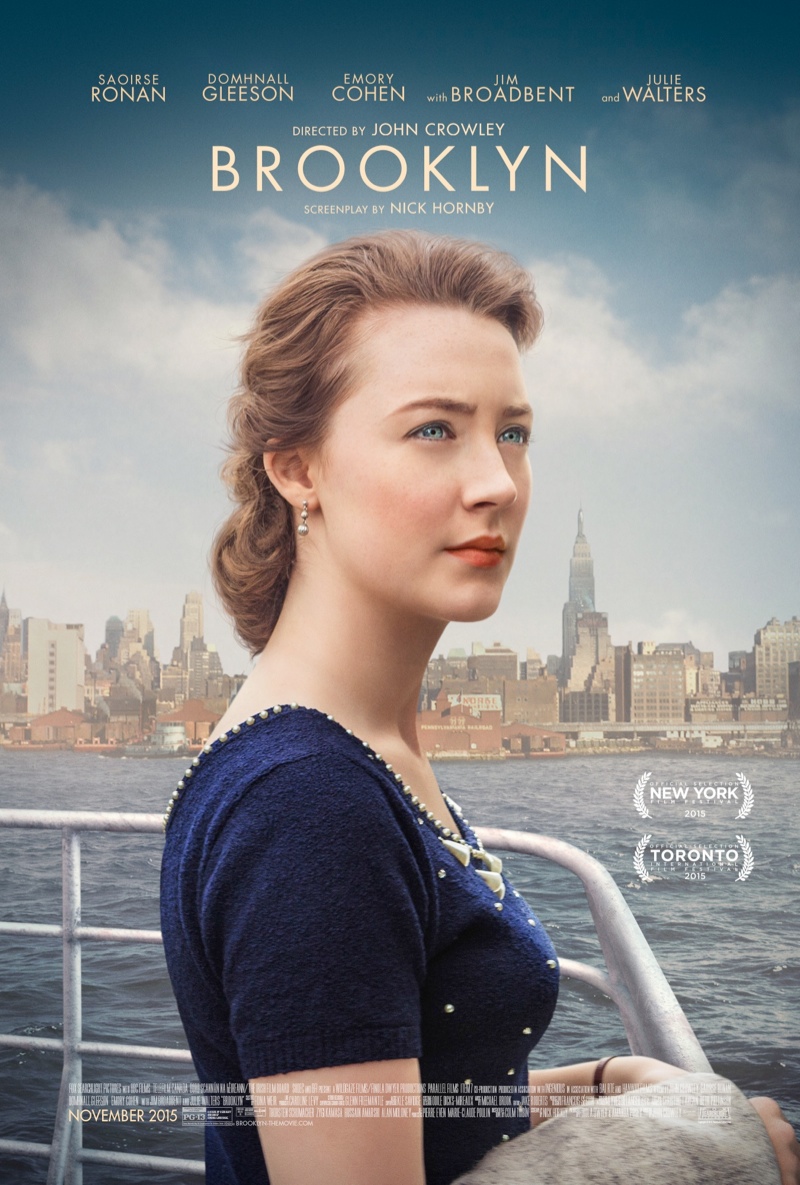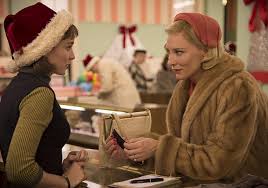How to be Single
Posted on February 11, 2016 at 5:40 pm
Drew Barrymore — you know I love you but how does your Flower Films production company produce a film about female friendship and empowerment that barely passes the Bechdel test? 
And did we really need a thinly disguised remake of “He’s Just Not That Into You?” I know it’s Valentine’s Day and the time feels right for a girls’ night out movie, but despite its entertaining moments, I’d go for “Star Wars” again over this.
Now, on to the entertaining moments. This is one of those “three girls looking for love” or “three girls looking for love or its close equivalent” stories with cute guys, cute clothes, cute apartments, cute problems, and cute pop songs on the soundtrack. Yes, get ready for “Worth It.” Again. It’s the new “I Feel Good.”
Alice (adorable Dakota Johnson) breaks up with her college boyfriend Josh (Nicholas Braun). She loves him, but they’ve been together four years and she does not know who she really is anymore. She needs to be on her own for a while, she tells him. It’s not a break-up; it’s just a break. Her new friend Robin (Rebel Wilson doing her usual shtick) reminds her that “Hey, Season Three Ross, there’s no such thing as being on a break.” Robin encourages her to drink, dance, and have meaningless sex with a cute bartender named Tom (Anders Holm of “The Intern”) who is the master of the one-night stand.
Alice has an older sister, Meg (Leslie Mann), an obstetrician who wants to have a baby. And then there is Lucy (Alison Brie), who lives above Tom’s bar and goes there to use his wi-fi to scroll through endless dating site profiles and complain about how DIFFICULT it is to find a presentable man who will COMMIT. This entire section is pretty much ripped off from the Justin Long/Ginnifer Goodwin part of “He’s Just Not That Into You” by the same screenwriters.
Johnson and Brie are adorable, and up-and-comer Jake Lacy (“Carol,” “Obvious Child”) is very appealing as one of Alice’s co-workers who likes Meg. But it is disappointing that it claims to be about the importance of taking responsibility for your own life and your own dreams, and apparently it is written by and very loosely based on a novel by women who are capable in jobs they find satisfying. But Alice seems to have no interest in her job as a paralegal and is as clueless about what it takes to be a professional as she is about even the most basic of daily tasks. She literally cannot dress herself. And learning to do so is portrayed as a major life achievement. Her romance with a handsome widower (an underused Damon Wayans, Jr.) makes little sense and her BFF relationship with Robin makes even less. In fact, there isn’t one relationship in the movie that makes us think they could have an actual conversation or even have much fun together.
“How to be Single” is more like a series of skits at a sorority slumber party than a story with characters. If Alice, Robin, Meg, and Lucy went out for a girls’ night at the movies, they’d choose something else.
Parents should know that this film includes very strong sexual content with many casual encounters, explicit sexual humor and sexual situations, and brief nudity, very strong and crude language, drinking and drugs.
Family discussion: What was the most important lesson Alice learned from each of the men she dated? Why did she listen to Robin?
If you like this, try: “He’s Just Not That Into You,” “Bridget Jones’ Diary,” and “Think Like a Man”







